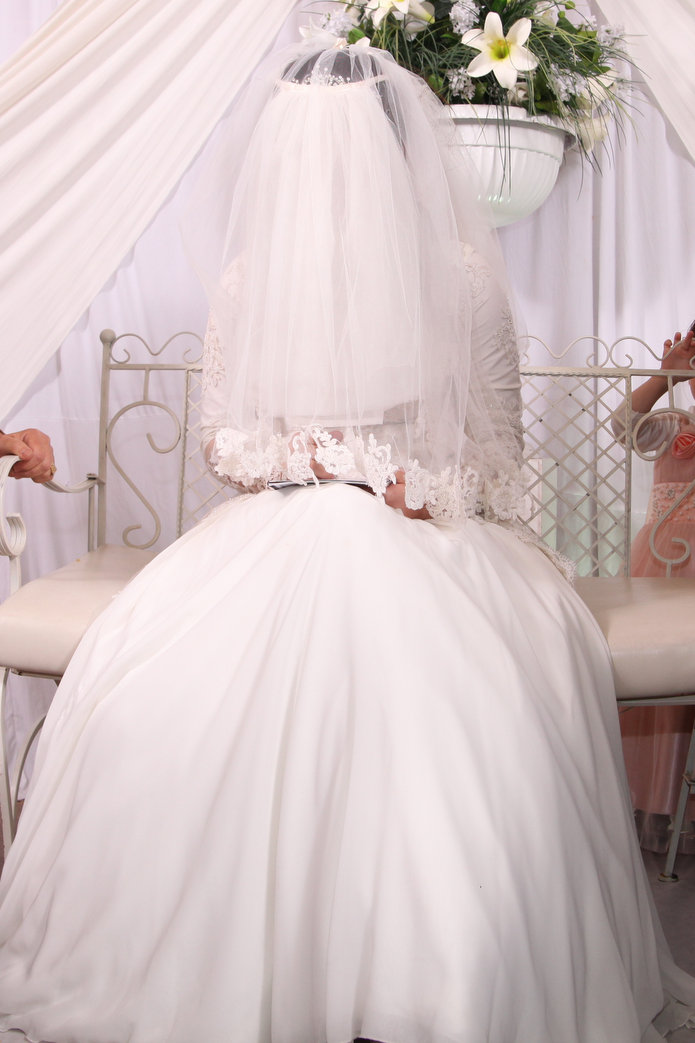In 1882, Mark Twain gave a short speech titled “On the Decay of the Art of Lying,” not his best or wittiest. I assume that Oscar Wilde did not miss the published text of that speech, for seven years later, he brought out a kind of treatise in the form of a dialogue with a similar title, namely, “The Decay of Lying—An Observation,” one of his most powerful and brilliant (as always, too brilliant) essays. (There is really no dialogue there, for it resembles some of Plato’s dialogues, with Plato’s shedding words of paradoxical wisdom, while his interlocutor keeps nodding assent and admiring the teacher’s infinite wisdom. Wilde’ participants have the names of his sons, Vivian and Cyril, at that time little boys.) In 1891, he revised the text, and we know it as it appeared in his book Essays.


Mark Twain did speak about blatant and inept lying, while Oscar Wilde’s lying meant “creativity,” and he bemoaned its decay. In this blog, I don’t aspire to such heights of ethics or aesthetics, but it might interest our readers to know where the word lie came from, or rather what the word meant when it was coined (I’ll pass by the reconstruction of the unattested *leugh– root). Etymologists are down to earth, meat and potatoes (that is, meaning and phonemes) people. Once they hitch their wagon to the asterisked sky of the protolanguage, they usually crash in a nearby swamp.
In the posts for April 12 and 19, 2017, I discussed the origin of the word sin, and that took me to the complicated history of truth. Not unexpectedly, lying is a related subject. Truth, as explained two springs ago, in the past was mainly a legal concept: it designated “evidence confirmed by witness testimony.” “Lie” also belonged to the vocabulary of the judicial process and referred to the opposite of “truth,” or “lack of evidence”—thus, not the distortion of truth, let alone a deliberate distortion of it. In medieval literature (especially Icelandic), as long as a tale could not be refuted, it was called “a lying story.” The vague term verisimilitude covered both truthful and “lying” stories. The speaker did not have to prove the veracity of the narrative. If the listeners failed to give him or her the lie in our sense of this phrase, the tale remained within the bounds of porous truth.
No doubt, lie and truth are antonyms. Yet even today, a lie is not a simple negation of truth. Half a millennium ago, Michel de Montaigne wrote: “If falsehood, like truth, had but one face, we would be more on equal terms. For we would consider the contrary of what the liar said to be certain. But the opposite of truth has a hundred thousand faces and an infinite field.” Montaigne was right (as always).

It is common knowledge that words modify and change their meanings. Anyone who has read an annotated edition of Shakespeare has been told on every page that hundreds of our meanings do not fit Shakespeare’s context. Some changes are dramatic (for instance, still means “always”; one could not say I still live in Stratford with the implication “…as before”); others are small but important, for instance, as when think means “brood, mope”). The same holds for lie. Already in the Middle Ages, this verb could signify what it signifies today, and this complicates our understanding of old texts, but then the same can be said about Shakespeare’s usage: in his English, think did not always mean “mope”!
The etymology of lie is obscure, seemingly unknown. The word has exact cognates in every Germanic language: Dutch liegen, German lügen, Icelandic ljúga, and so forth. The Slavic cognates also mean “lie” in the modern sense of the Germanic verb, but the Baltic analogs, which usually correspond to the Slavic ones quite well, mean “to request,” and this discrepancy has never been explained to everybody’s satisfaction.
The words for lying exist in all the Indo-European languages, and not a single one of them has a clear origin. I’ll give a short list of the usual conjectures and opinions on the etymology of such words. Greek (to which we owe pseudo-): no clue; Latin: perhaps “something thought up”; Celtic: possibly, “fall, destruction”; Germanic: no clue (the idea that Germanic borrowed its word from Celtic is shaky; sometimes “lie” has been connected with the concept of winding); Baltic: perhaps from the idea of “bent”; Indo-Iranian: a possible connection with “erodedness” and “injury.”

It is a curious fact that the nouns for “truth” are usually derived from adjectives (like Engl. tru-th and German Wahr-heit), while those for “lie” are “pure roots.” True and its Indo-European synonyms also pose hard questions to etymologists, but those words are usually not so impenetrable. Does it say something about the age of lie and its synonyms elsewhere? Is lying the more ancient concept, comparatively speaking? I am not sure, but the fact is curious.
Strangely, the light on lie may come from Gothic, a fourth-century Germanic language. The verb we need sounds there as liugan, almost like Dutch and Icelandic liegen and ljúga (see them above). But the Gothic verb has an astounding homonym: liugan “to marry.” Opinions on this fact are divided: all the modern sources call liugan1 and liugan2 homonyms, with liugan “to marry” being traced to Celtic with much greater certainty than liugan “to lie.” Several legal terms were indeed taken over by the early speakers of Germanic from the neighboring Celts (oath and free are among them).
But Jacob Grimm, the elder of the two fairytale brothers and the great founder of Germanic philology, thought differently. He always attempted to trace old homonyms to a single ancient root. In this case, he pointed out that marriage presupposed the veiling of the bride at the wedding. He cited a few convincing parallels from Latin and Spanish and concluded that the original meaning of liugan was “to conceal, to veil,” whether facts or the bride. “Lie,” an eternal partner of “truth,” appeared as a body of concealed information. Although the whole argument took one short paragraph in a huge volume, J. Grimm’s hypothesis was noticed (like everything he ever said) and endorsed by a few distinguished scholars. But, surprisingly, later, it was forgotten, reinvented without reference to Grimm, and buttressed up by much weaker arguments. For instance, there was an attempt to explain both verbs as a relic of ancient magic (a most unconvincing idea). Yet in 1927 it was given a boost; surprisingly, no one joined the club.

I think Jacob Grimm was right (he shared Montaigne’s enviable quality of being almost always right), even though at present I have no allies. His explanation is elegant and persuasive. Perhaps the Goth understood the basic idea of both verbs, and it did not inconvenience them: concealment is concealment. We ask for something we don’t possess, the object of our desires is hidden, as it were. Is this the shaky bridge from Germanic and Slavic to Baltic?
To be sure, liugan “to marry” is a legal term, but it does not follow that it could not be native. In light of Grimm’s etymology, “truth” and “lie” begin to look like well-married partners, and I hope that his etymology has long legs. A cognate of Gothic liugan “to marry” does not exist elsewhere, but many words disappear and are replaced. Besides, who said that a Gothic word had to have exact analogs in the rest of Germanic?
Featured Image: “Pinocchio Parco Di Pinocchio Collodi Italy Tuscany” by Schreib-Engel. CC0 via Pixabay.



 Anatoly Liberman is the author of
Anatoly Liberman is the author of
Anatoly,
What you say about “lie” makes sense to me. Since “lie” is “hidding the truth”. Not not saying the truth.
If you are not saying the truth but you don’t know you are not saying the truth (in other words you are not hidding the truth) you would not be lying!
Kostas
In Danish the verb to lie is lyver, the noun is loegn. My wife pointed out that ‘forloven’ means ‘promised in marriage, engaged’. But the sense here is not so much the matrimonial as the oath-taking. ‘At love’ is ‘to make a solemn declaration. The ‘y’ and the ‘o’ are such different vowels that I find Grimm’s suggestion hard to swallow. Still, ‘lov’ is a Danish word with multiple but related senses (law, oath, promise). But maybe this is a red herring and not related to lying.
Very interesting and satisfying, that the origins of truth and lie are so connected. And Grimm’s explanation of liugan is a nice example of your maxim that “a student of words should pay equal attention to things.”